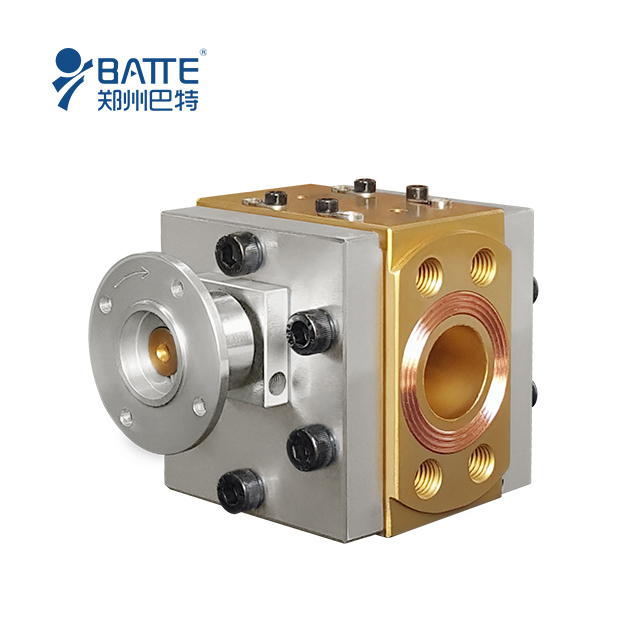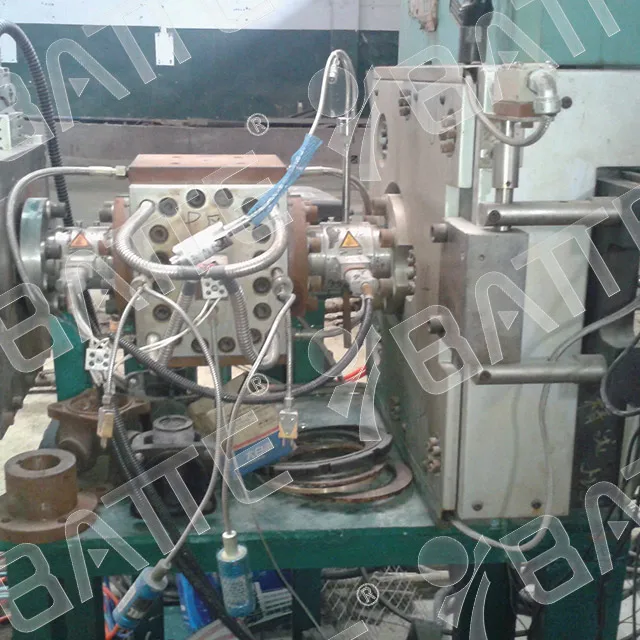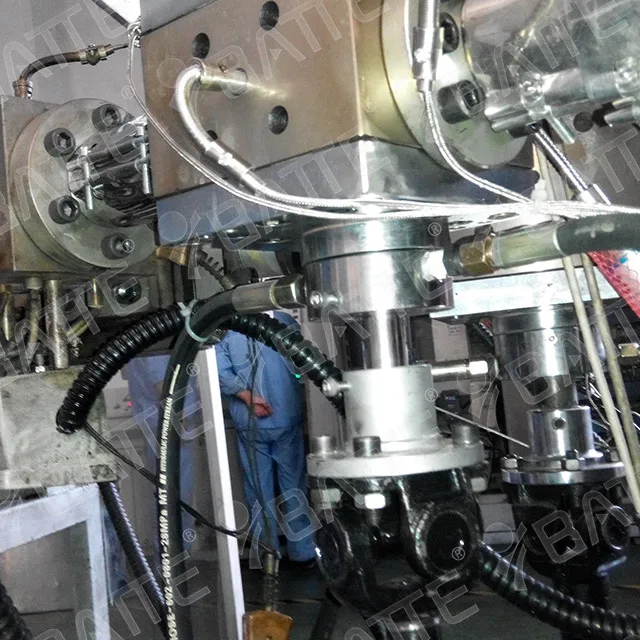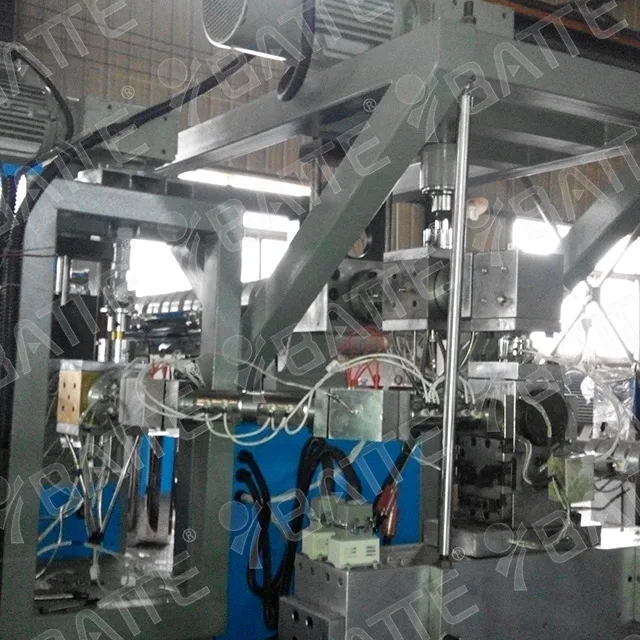
- Position:
- Batte Melt pump > NEWS >
What other parameters of the melt pump affect the conveying efficiency?
Among the other parameters of melt gear pumps, several factors significantly impact their conveying efficiency. The following are some of the primary influencing factors:
I. Melt Viscosity
Melt viscosity is a crucial factor affecting conveying efficiency. Higher-viscosity melts require greater shear force to overcome internal resistance during conveyance, thus potentially necessitating lower rotational speeds to prevent pump overload and melt overheating. Conversely, lower-viscosity melts may flow more easily but could increase leakage, thereby affecting volumetric efficiency.
II. Pump Design Parameters
Displacement: The displacement of a melt pump (i.e., the volume of melt delivered per revolution) directly influences its conveying capacity. Higher displacements result in more melt conveyed per unit time but may also demand higher energy consumption and more sophisticated control systems.
Pressure: The operating pressure of a melt pump is another critical factor affecting conveying efficiency. Under high-pressure conditions, the pump requires stronger structural design and sealing performance to ensure stable melt conveyance.
Speed Range: The speed range of a melt pump should be selected based on actual production processes and melt properties. Excessively high speeds may lead to increased energy consumption and melt degradation, while excessively low speeds may fail to meet production demands.
III. Pump Structure and Materials
Structural Design: The structural design of a melt pump should be compact and rational, minimizing floor space and facilitating installation and maintenance. Additionally, the design should conform to fluid dynamics principles to ensure smooth melt flow and minimize energy losses.
Material Selection: The choice of materials for a melt pump should consider their resistance to high temperatures, pressures, and viscosities. High-quality materials enhance the pump's wear resistance, corrosion resistance, and service life, thereby indirectly improving conveying efficiency.
IV. Control System
The control system of a melt pump also significantly impacts its conveying efficiency. A precise control system enables precise regulation of pump speed, flow rate, and pressure, ensuring melt stability and efficiency during conveyance. Furthermore, the system can monitor pump operation in real-time, promptly detecting and addressing faults to prevent production disruptions and losses.
V. Production Processes and Raw Material Properties
Production processes and raw material properties are also vital factors influencing melt pump conveying efficiency. Different production processes have distinct requirements for melt pumps. For instance, extrusion processes necessitate continuous, stable delivery of large volumes of melt, whereas injection molding processes demand higher precision and stability from melt pumps. Additionally, the viscosity, fluidity, and other properties of raw materials affect the conveying efficiency and stability of melt pumps.
In conclusion, the conveying efficiency of melt pumps is comprehensively influenced by multiple parameters. In practical applications, comprehensive consideration and optimal selection based on specific production processes, raw material properties, and pump design parameters are necessary to achieve the best conveying results.
Email: info@battemachinery.com
WhatsApp: +86 158 38331071

Any questions about our products, please feel free to contact us! We promise you high-end products and first-class service.Look forward to our cooperation!!!
- sales@battemachinery.com
- +0086-371-67991755






